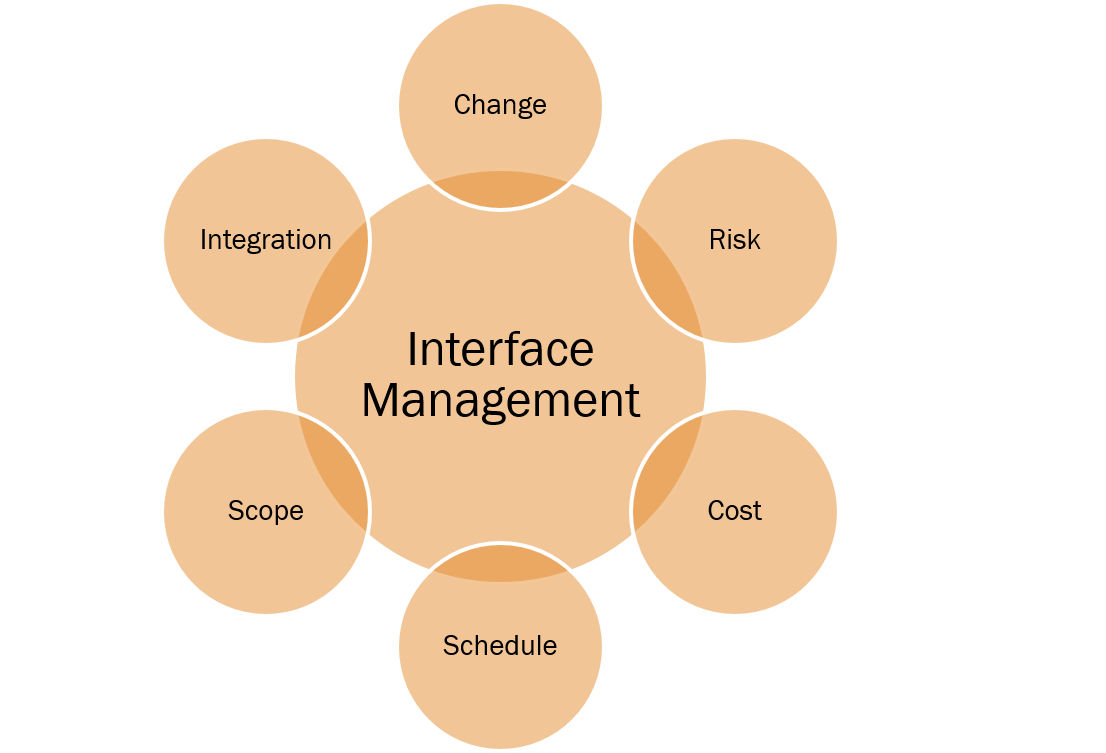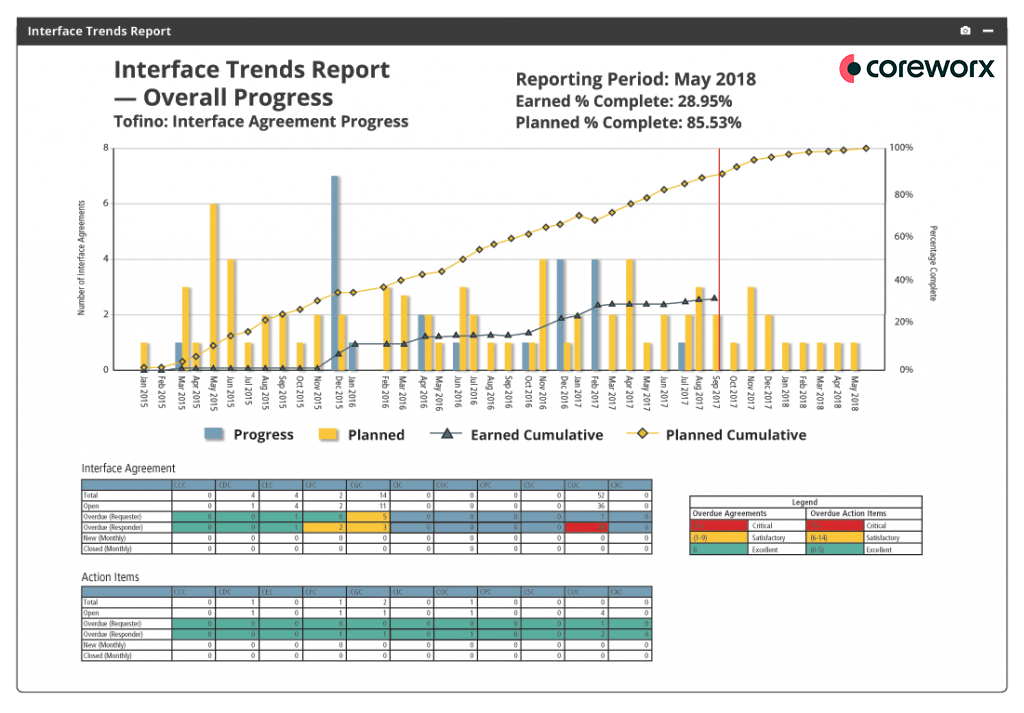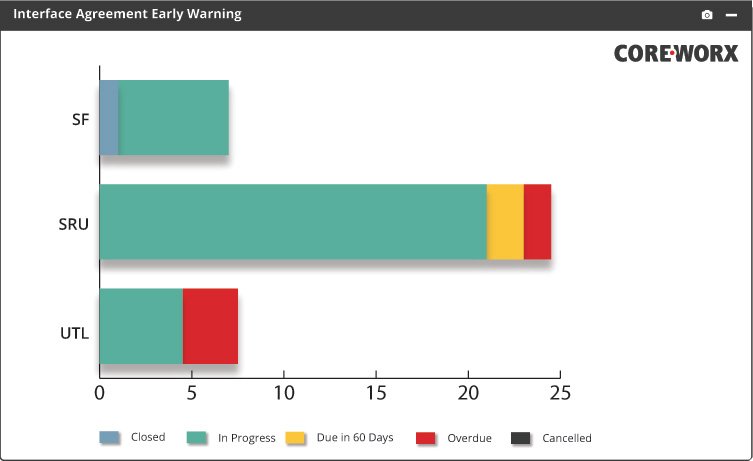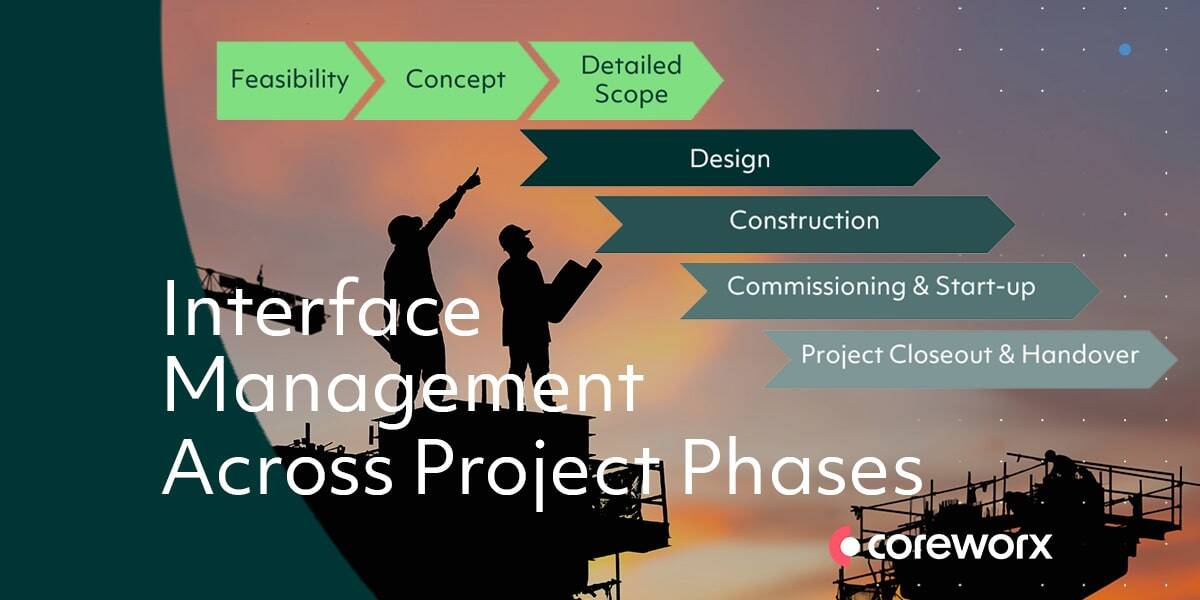
Interface Management - Lessons from Program Implementations
Rolling best practice processes out to project teams will undoubtedly provide benefits to your project, but getting it started and running optimally can be challenging, especially if you’re pioneering a new process within your organization. Fortunately, in terms of interface management, there are people who have rolled this project management process out before and can provide practical recommendations on how to get the best results from your Program.
Justin Holub from The Dow Chemical Company, and Paul from Coreworx (now Ascertra) discussed such recommendations at a recent lunch & learn meeting in Houston. During their presentation, they shared valuable lessons learned they have gained implementing interface management programs for projects and organizations. Below, we provide the 2 top recommendations by Justin and Paul and explore them in further detail. As a bonus, we chatted with Kelly Maloney to get her key recommendation for interface management implementations.
Interface Management Programs
To clarify, when speaking about capital “P” Programs in this article, we’re not only speaking of the software ‘program’ that helps drive compliance with your interface management best practices, but instead are referring to the “Interface Management Program” in a holistic manner that includes all aspects of implementing the discipline – the master interface plan, the processes, the people, and the tools, which includes software "programs" within the overall "Program".
1. Define Your Master Interface Plan Early & Revise
Justin Holub, Interface Manager, The Dow Chemical Company
The first recommendation identified by Justin is the need to ensure you get your interface management plan in place as priority 1. Many practitioners get their plan in place in the form of a Master Interface Plan (MIP). The Master Interface Plan is your interface management strategy document and the ultimate guide for your Program. This document is often referred to as the ‘rules of engagement’ for your interface management Program. Once it is finalized, it needs to be communicated to all affected on the project as it governs all people, processes, and tools required to execute your interface management process on your project. It should also define what KPIs will be used to track and monitor interface progress to ensure your Program is working as intended. This plan can vary in size and content depending on the requirements of the project but having this document ready early on is critical to the success of your interface management Program.
Michael Bible and Susan Bivins explain the purpose, and reach, of this document in their book, Project Interface Management – Reducing Risk on Major Projects:
“The Interface Management Plan contains the project sponsoring organization’s expectations of all parties regarding interface management during project execution. Large-scale complex projects require involvement by a myriad of internal and external organizations and entities, with varying levels of interaction intensity. The Interface Management Plan is the thread that binds all parties to ensure management of interfaces is consistent and at a performance level expected by the Client (project sponsor organization) to reduce the risk of interface problems manifesting as schedule delays, cost overruns, quality rework and other issues harmful to achievement of the project’s objectives.”
Include All Relevant Stakeholders and Processes
Although planning your Program early on seems obvious, the depth and reach of this document can be underestimated. Project teams can sometimes overlook identifying key project stakeholders, disciplines and practices that interface management must integrate with at some level for optimal success. When defining your IMP, be sure to consult with all project management disciplines and affected stakeholders on the project and ensure your IMP aligns to the overall Project Execution Plan (PEP).

Figure 1: Interface management relationships to other project processes. Bible, Michael J. and Susan S. Bivins. (2018) Project Interface Management: Reducing Risk on Major Projects. USA: J.Ross, pp. 60, figure.
Configuring Your Interface Management System
Again, although planning first seems obvious, some teams can veer away from this initial step and focus their early efforts on configuring software tools believed to ’automatically automate’ the entire process for the team. And although it’s true that software solutions, such as the Coreworx Interface Management solution that Justin’s team at The Dow Chemical Company are using, do have built-in features that automate processes to drive interface management best practice, they will require your project-specific information for proper configuration. That information should be derived right from the decisions you have made, documented, and communicated within your Master Interface Plan. Essentially, your Master Interface Plan provides the functional specification and guide to configuring and aligning your tools.
Refine Your Plan
At Coreworx, we've worked with projects that have IMPs of all shapes and sizes. We’ve seen projects start out with one defining paragraph and, over time, grew their plan to be a very thorough 35-page document. All projects are different, and the plan will vary in content and size. The key to success, however, is to take the time up front to understand the scope of your plan and then keep refining and optimizing that plan throughout the project’s entire life cycle.
2. Onboard Your Team at the Right Time & Repeat
The second recommendation taken from the lunch & learn presentation focuses on how you will train your team and ensure everyone is using the system and following your documented processes. Key learnings on achieving this include:
- Ensure all stakeholders and users understand the value and purpose of your interface management Program and how it differs and supports other organization and project management processes
- Be sure to tailor your training to your users. It’s beneficial to give them a high-level view of the overall process, but only require them to attend training for their specific role and functions
- Ensure your training is timely and closely coincides with the roll-out of your process and system. Too much time between training and roll-out may lead to users forgetting what they were taught.
- Don’t forget about on-boarding once your Program has kicked off. Be sure to provide Ensure on-boarding and training throughout the project as a refresh to ongoing stakeholders and to train newcomers to the project.
- Listen to stakeholder/user feedback and adjust your Program if it makes sense to do.
3. Define Your KPIs for Maximum Project Insights
Our third bonus recommendation comes from Kelly Maloney. Kelly has helped clients implement successful interface management solutions for numerous projects around the world. Based on her experience, she strongly recommends defining key performance indicators (KPIs) for your interface management Program up front within your Master Interface Plan. She notes that if you aren’t setting up KPIs, you’re really only performing half of your interface management equation and missing a significant opportunity to gain project health insights through monitoring early indicators of risk for timely mitigation.
Identifying your indicators early on within the IMP will ensure all stakeholders understand what metrics are being monitored. It will also what processes they need to follow should the KPIs reach certain thresholds to ensure all related interface risks are appropriately addressed.
Although all projects will determine their own unique KPIs to measure, projects commonly monitor the progress of interface agreements as an indicator of potential issues. By setting KPIs related to interface agreement status, the project team can access reports that make it easy to determine where there are agreements coming due or already overdue. Ideally, interface managers can take KPI reports from their interface management system and incorporate them into their regular reporting process. These reports ensure teams are working from the most up-to-date information and allow management to focus on addressing high-priority items in a timely fashion.

Figure 2: Interface Trends Report

Figure 3: Interface Agreement Early Warning Report
Summary
We understand that formal interface management is proven to help projects mitigate risks and overcome unavoidable challenges. That said, rolling it out to your organization and optimizing it over time to ensure it performs as intended is a big task and can be filled with its own challenges. To help navigate these implementation challenges, our three interface management practitioners recommend ensuring the following with your implementation:
- Define Your Master Interface Plan Early & Revisit/Revise Often
- Onboard Your Team at the Right Time and Repeat
- Define Your KPIs for Maximum Project Insights
A special thank you to our interface management subject matter experts for proving their insights for this presentation and article!
Help with Interface Management
A note from Ascertra: if you need assistance and guidance planning/optimizing your interface management program, we offer a workshop to help get you started. For more information, contact us for details on our IM SmartCheck workshops or to discuss our solutions and industry expert support.





